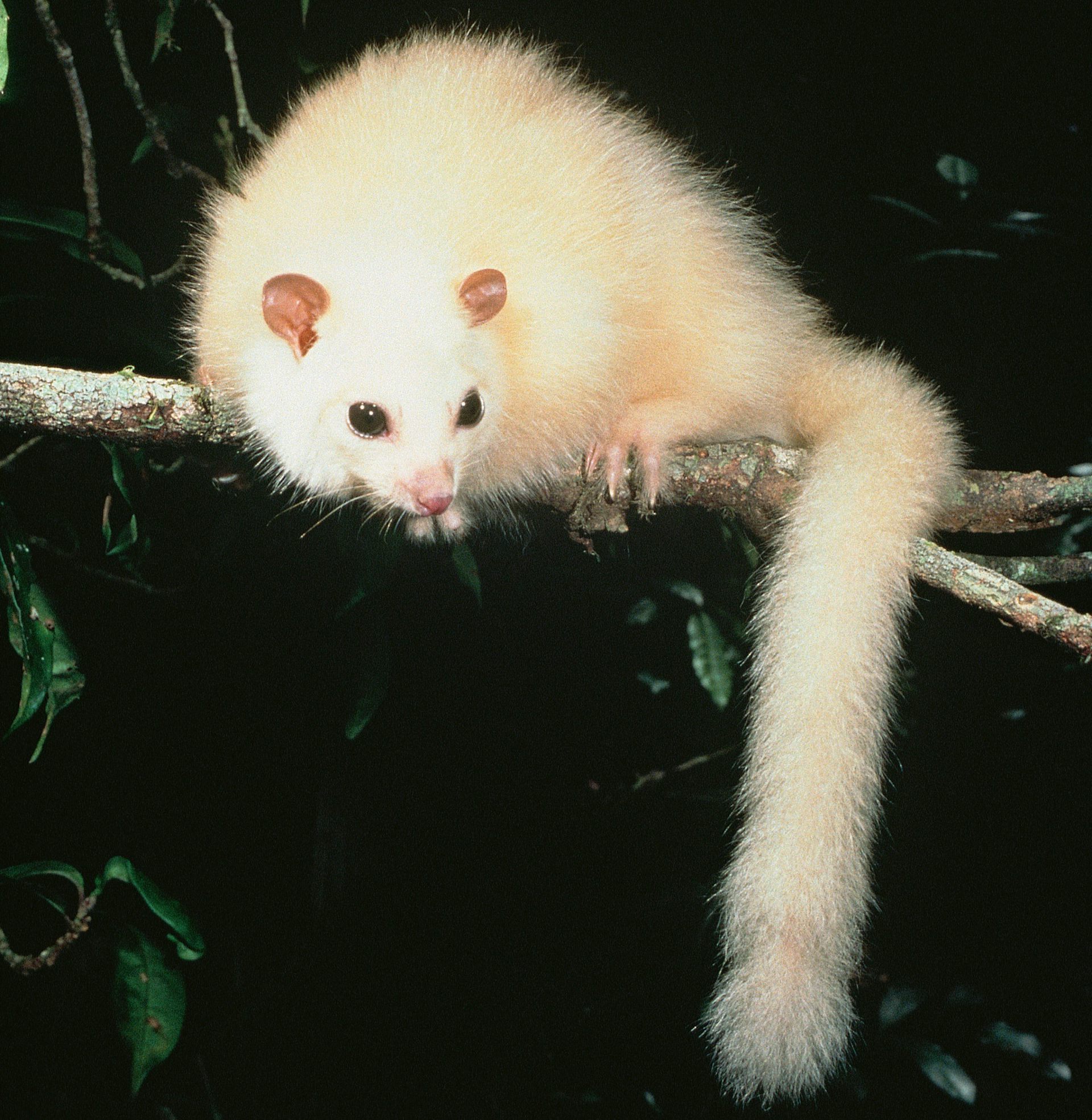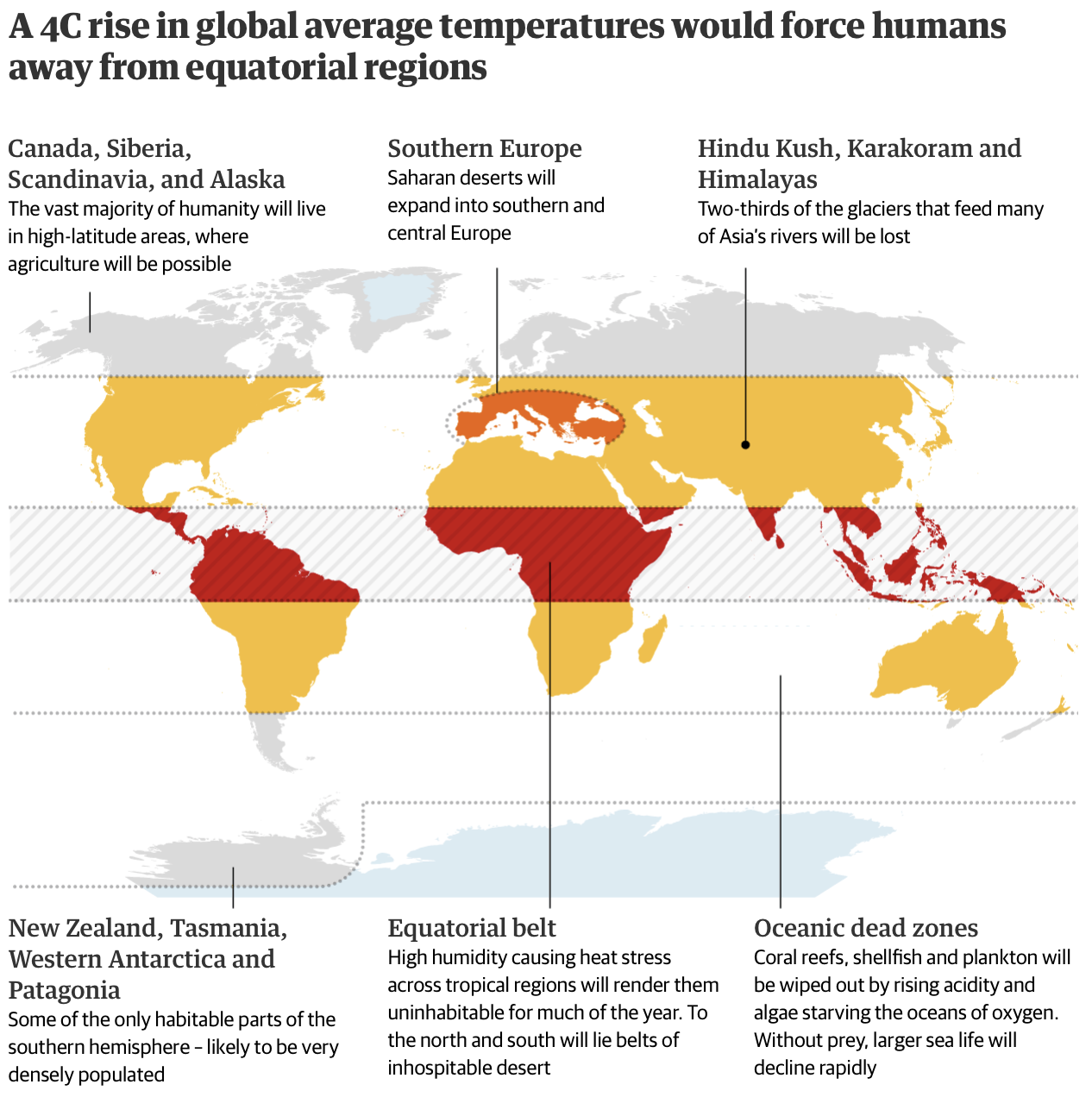

The current marine heat wave covers a horseshoe-shaped area about the size of Alaska.

He said the baseline ocean temperatures are warming so fast that scientists are scrambling to keep up with measuring and classifying the events. “We’re seeing more intensity in the marine heat waves, higher high temperatures, and that would be more of a function of climate change,” said Andy Leising, a research scientist at NOAA Fisheries’ Southwest Fisheries Science Center in La Jolla, California. The halt to crab fishing cost the industry an estimated $100 million. Young salmon had less to eat as they entered the ocean, and thousands of sea lions and seal pups ended up stranded on California beaches.

The impacts rippled through ocean ecosystems, with mass die-offs of marine mammals and birds, the closure of crab and clam fisheries and warnings for sardine and anchovy fisheries because of poisoning concerns. The last time the region saw such a widespread and intense “warm blob,” in 2014-2015, the unusually warm ocean water boosted the growth of toxin-producing algae and suppressed the growth of small organisms at the base of the ocean food chain. West Coast, and it’s raising concerns about hurricane risks to the Hawaiian islands and wildfire risks in California. It does not store any personal data.An intensifying marine heat wave in the northeastern Pacific Ocean has triggered government warnings about harm to salmon and other fisheries along the U.S. The cookie is set by the GDPR Cookie Consent plugin and is used to store whether or not user has consented to the use of cookies. The cookie is used to store the user consent for the cookies in the category "Performance". This cookie is set by GDPR Cookie Consent plugin. The cookie is used to store the user consent for the cookies in the category "Other. The cookies is used to store the user consent for the cookies in the category "Necessary". The cookie is set by GDPR cookie consent to record the user consent for the cookies in the category "Functional". The cookie is used to store the user consent for the cookies in the category "Analytics". These cookies ensure basic functionalities and security features of the website, anonymously. Necessary cookies are absolutely essential for the website to function properly. High-level eruption at Bezymianny volcano, ash to 15 km (50 000 feet) a.s.l., Russia Saturday, May 28, 2022.Lava dome at Sheveluch volcano continues to grow, Russia Tuesday, September 7, 2021.Mass death – Korora penguins washing up on New Zealand beaches Monday, June 20, 2022.Shallow M6.0 earthquake hits Kuril Islands, Russia Monday, September 20, 2021.Shallow M6.1 earthquake hits Kuril Islands, Russia Tuesday, August 24, 2021.Shugo mud volcano erupts, area closed for safety reasons, Russia Saturday, October 23, 2021.State of emergency declared after severe floods hit Sochi, Russia Monday, July 25, 2022.Thousands of cattle die under mysterious circumstances, Kansas Friday, June 17, 2022.Eruption at Karymsky volcano ejects ash up to 8 km (26 250 feet) a.s.l., Russia Thursday, May 19, 2022.Explosive activity at Karymsky volcano, ash to 10 km (33 000 feet) a.s.l., Russia Thursday, April 28, 2022.Explosive eruption at Bezymianny volcano, Kamchatka, Russia Tuesday, March 15, 2022.Powerful explosive event at Karymsky volcano, ash up to 10.5 km (34 500 feet) a.s.l., Russia Friday, November 5, 2021.Following the uproar, Russia's Investigative Committee confirmed in a statement that it was investigating the marine pollution. Greenpeace Russia has called the situation an "ecological disaster," urging authorities to investigate. Many had nausea, weakness, high fever," said Yekaterina Dyba, a geographer who runs the Snowave Kamchatka surfing school.ĭivers who examined the waters along the wide stretch of Kamchatka reported that 95 percent of seabed creatures have been found dead, including seals, octopi, starfish, and sea urchins. "For several weeks now, all surfers have experienced problems with their eyes after returning from the water. The marine pollution was first reported by local surfers, who suffered eye problems and apparent chemical burns after going in the waters in September. Mysterious toxic pollution along a 40 km (25 miles) stretch of Russia's Kamchatka Peninsula has killed 95 percent of seabed creatures in the area and caused health issues among surfers since September 2020.


 0 kommentar(er)
0 kommentar(er)
